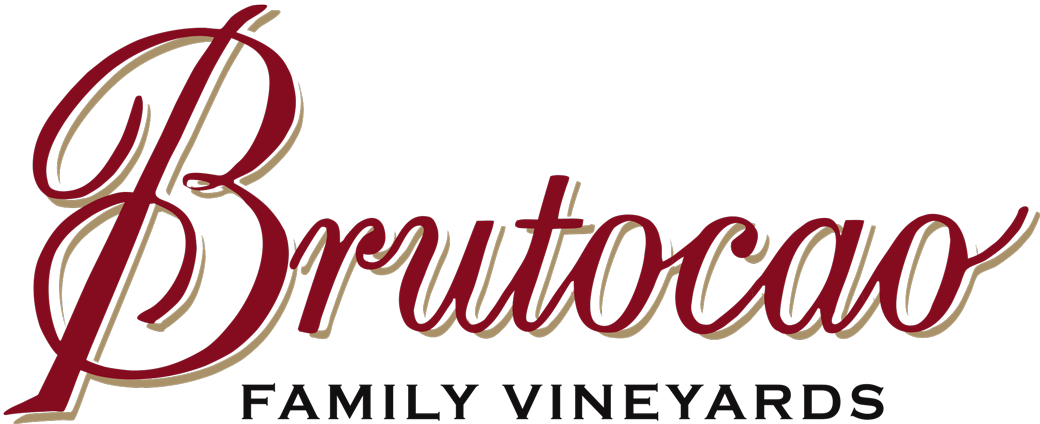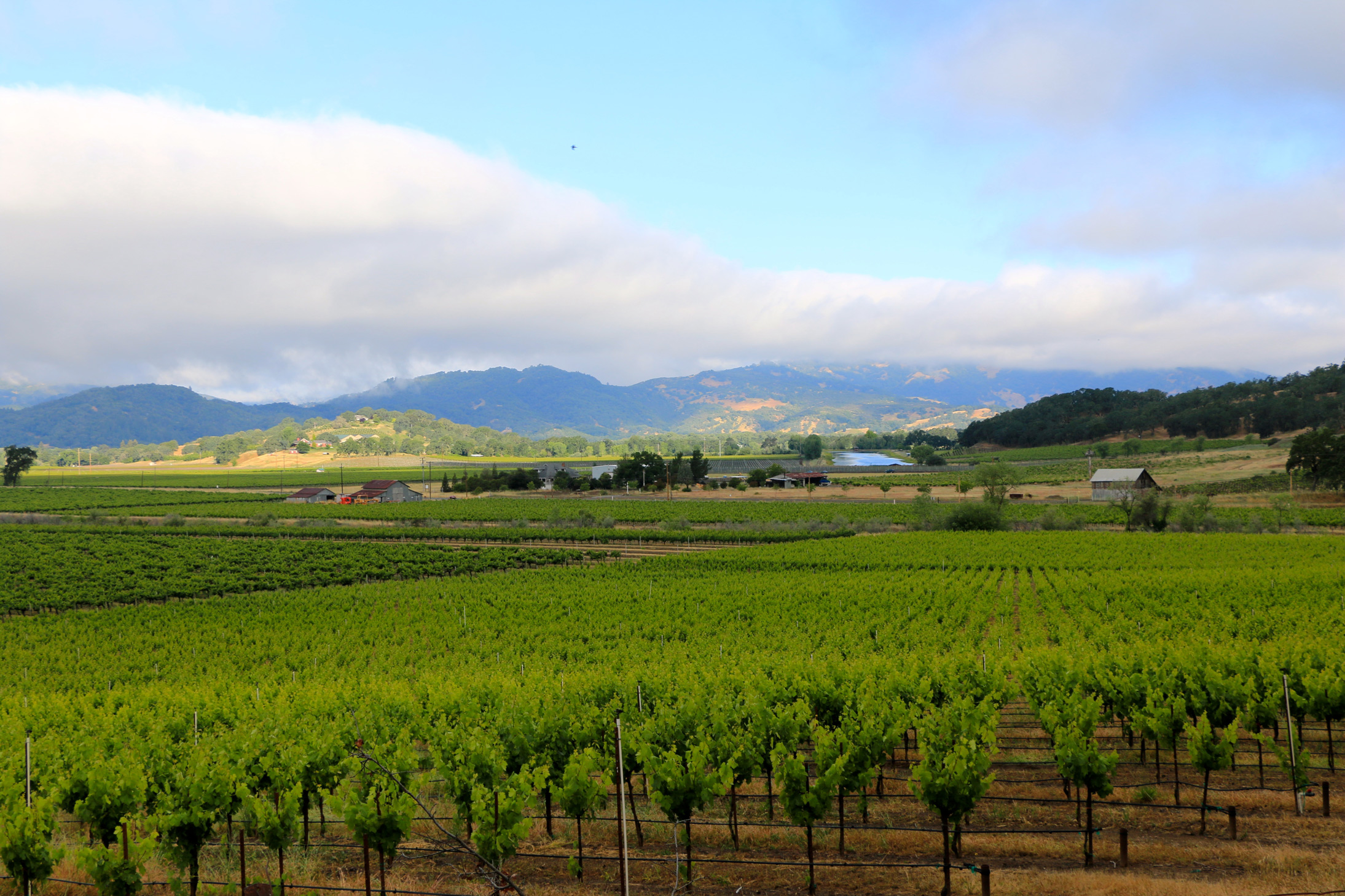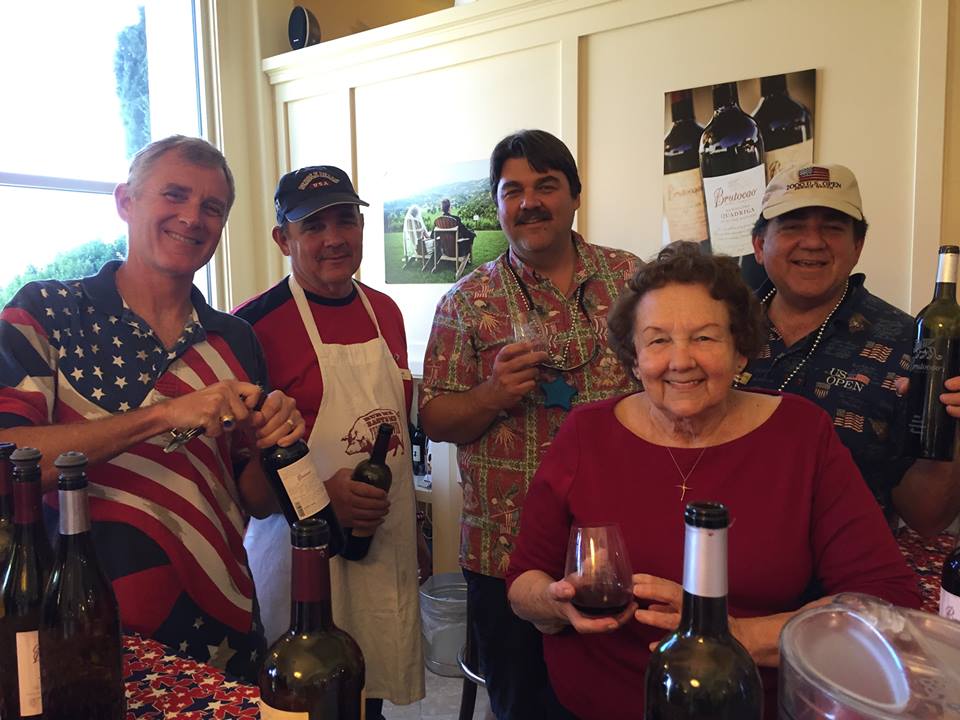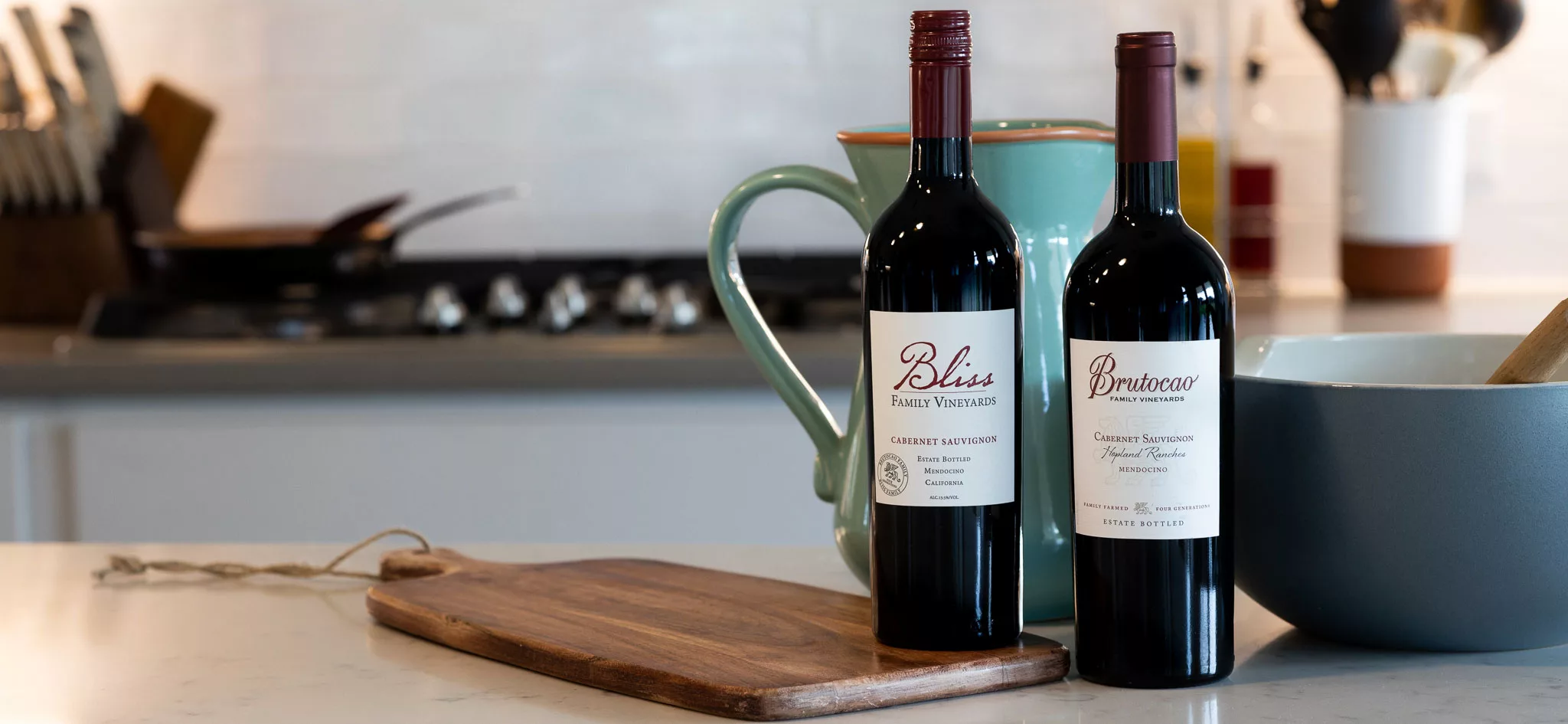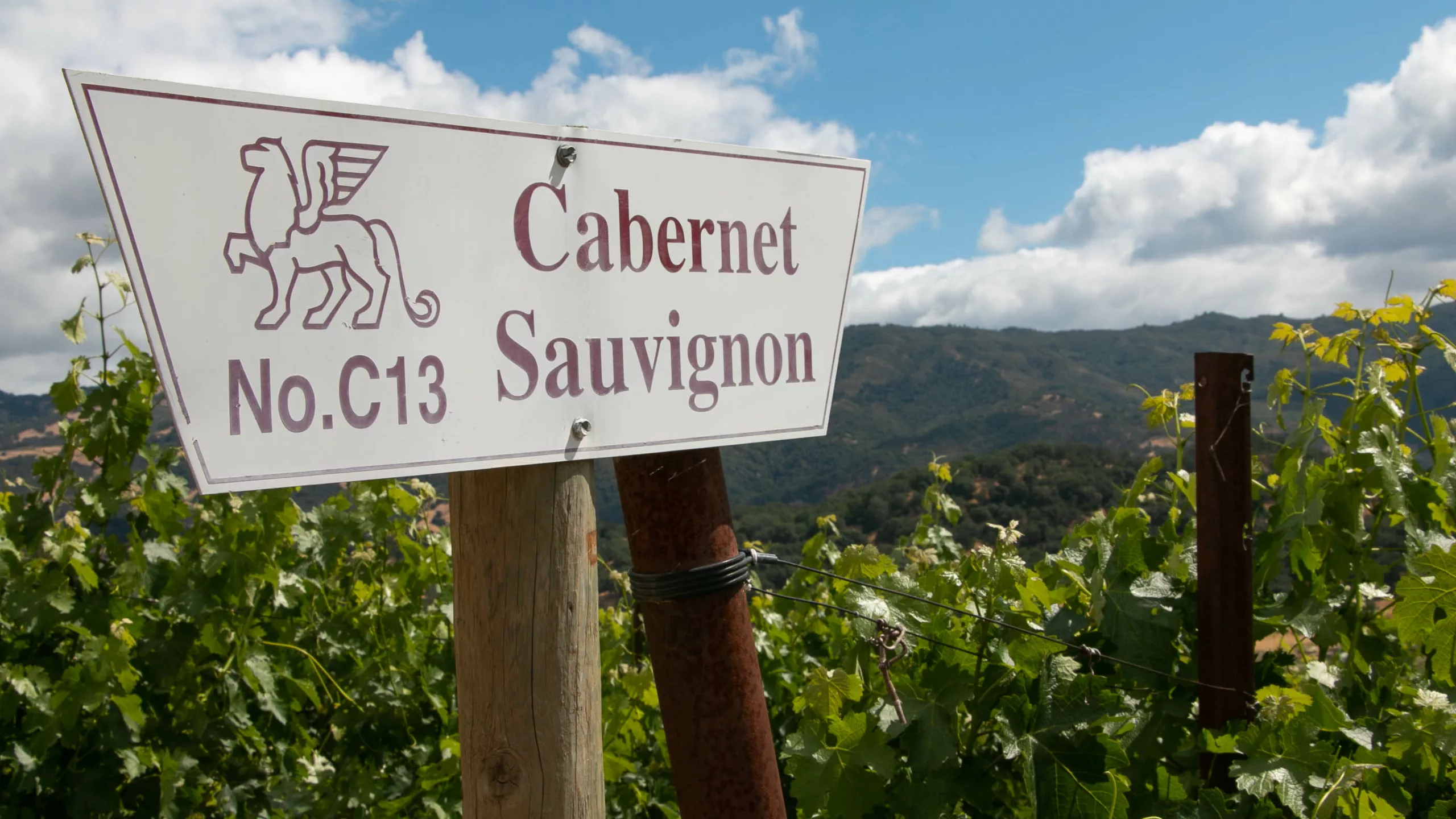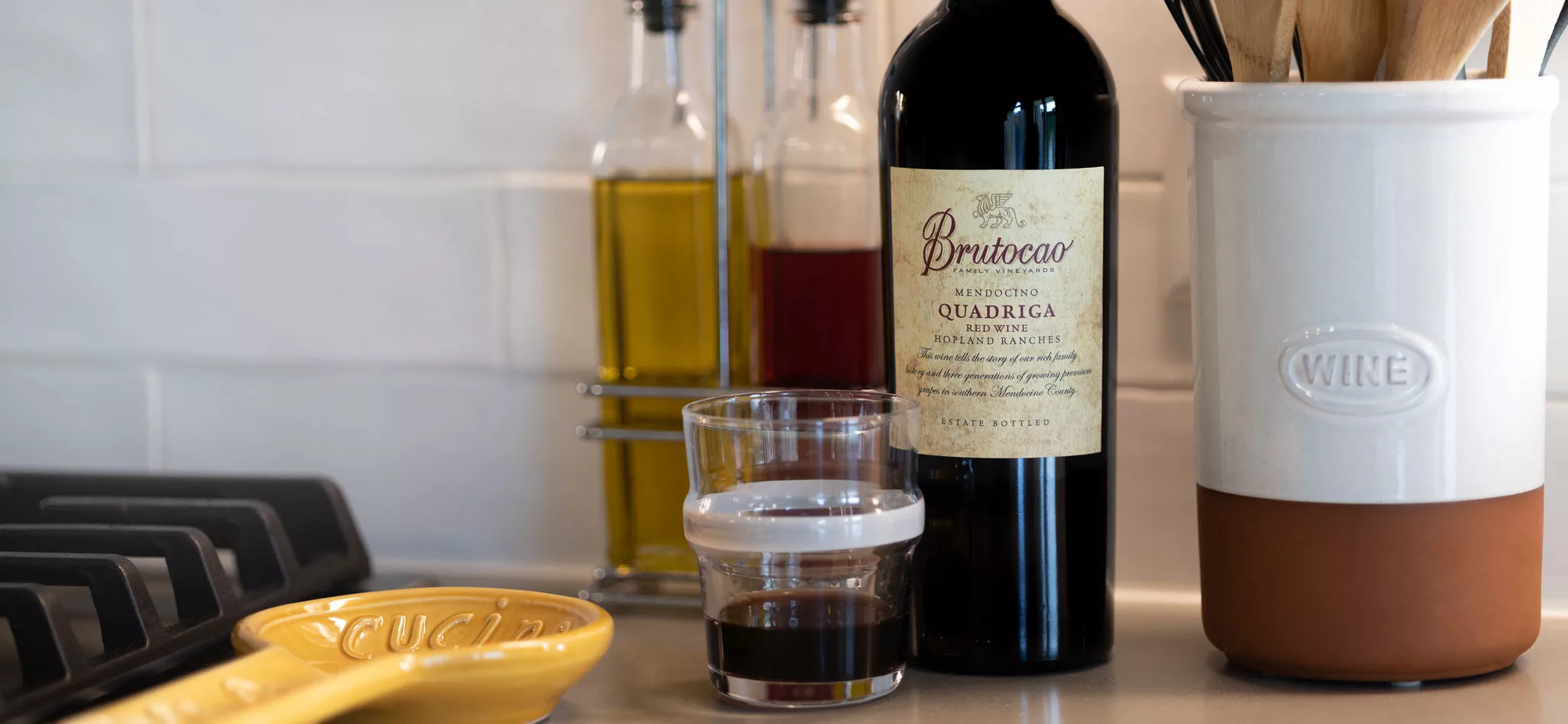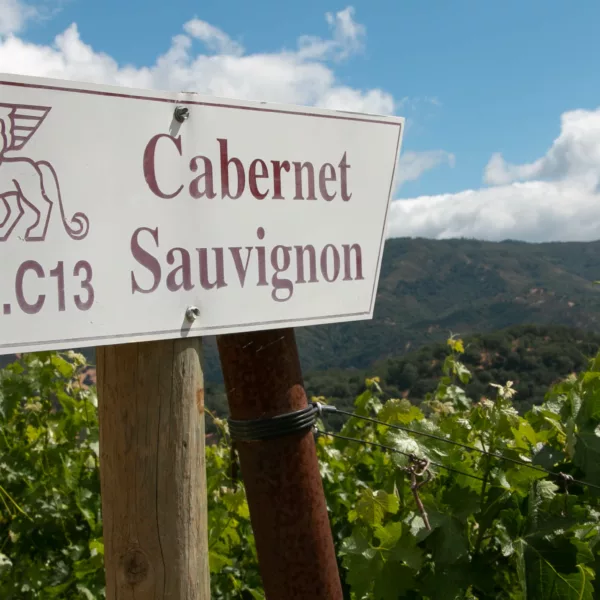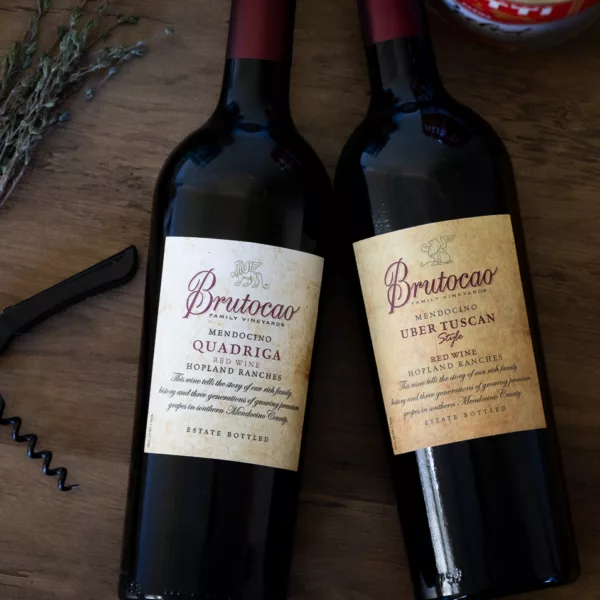Where Vines Meet the Redwoods
In the heart of Northern California, Mendocino County unfolds like a patchwork quilt of vineyards and redwoods. This is a place where history is soaked into the soil and whispered by the Pacific winds. Here, we embark on a journey through time, tracing the roots of a wine industry that intertwines the legacy of pioneering families, including the Brutocaos and the Blisses, with the evolution of a unique viticultural region. Read on to learn all there is to know about Mendocino County Wine History.
The Dawn of Winemaking in Mendocino
The mid-1800s marked the birth of Mendocino’s wine industry, initiated by Italian immigrants who found solace and similarity in the rolling hills reminiscent of their homeland. These early vineyards were more than just agricultural endeavors; they were the seeds of a burgeoning wine culture that would define the region.
From Gold Rush to Grape Rush
The Gold Rush era brought an influx of settlers, many of whom turned to farming and viticulture as a sustainable alternative to mining. These early vineyards laid the foundation for a wine industry that would weather the storms of history, including the challenging Prohibition era. Prohibition in the early 20th century dealt a severe blow to the burgeoning wine industry. Vineyards were uprooted, and winemaking knowledge was at risk of being lost. However, the repeal of Prohibition marked a resurgence in Mendocino’s wine industry. The 1960s and 70s saw a shift towards quality-driven, artisanal winemaking. This era also welcomed the Bliss and Brutocao family, whose Italian heritage and deep connection to the land would play a crucial role in shaping the region’s wine identity. The family would sell their highly sought-after grapes to well-known Napa and Sonoma wineries from the 40’s throughout the 2000’s with their own first production in 1980 into today.
Mendocino’s Unique Terroir: A Tapestry of Microclimates
Mendocino County’s wine character is largely defined by its varied microclimates. From the cool, fog-laden Anderson Valley, ideal for Pinot Noir and Chardonnay, to the warmer inland areas where robust Zinfandel and Cabernet Sauvignon thrive, the county’s geographical diversity is a vintner’s paradise.
Anderson Valley: A Cool Climate Gem
The Anderson Valley, with its cool climate and marine influences, has become synonymous with delicate Pinot Noir and exceptional sparkling wines. The valley’s orientation allows Pacific fog to drift in, creating ideal conditions for these varietals. The Brutocao family grew their estate Pinot Noir in the Anderson Valley from 1991-2019.
Inland Mendocino: The Richness of Hopland and Ukiah Valley
While the Anderson Valley basks in its cool climate fame, the inland regions of Mendocino County, notably Hopland and the Ukiah Valley, present a different but equally compelling viticultural story. Here, the climate shifts to a warmer, more Mediterranean temperament, offering ideal conditions for a variety of robust reds and expressive whites. In the sun-drenched hills of Hopland and the expansive Ukiah Valley, the vineyards benefit from the warm days and cool nights, a diurnal temperature variation crucial for balanced grape ripening. This region is a mosaic of microclimates and soils, ranging from rich alluvial plains to rocky hillside terrains, each imparting unique qualities to the grapes. Hopland, in particular, has emerged as a vibrant hub for wine innovation and experimentation. The area is known for its diverse varietals, including Merlot, Cabernet Sauvignon, and Zinfandel, which flourish alongside lesser-known but intriguing grapes like Barbera and Grenache. The wines from Hopland are characterized by their robust flavors, deep colors, and well-structured tannins, reflecting the region’s terroir and winemaking heritage. The Ukiah Valley, with its rich agricultural history, continues to be a cornerstone of Mendocino’s wine industry. The valley’s vineyards, some of the oldest in the county, are a testament to the enduring legacy of winemaking in the region. Here, the focus on sustainable and organic viticulture is particularly pronounced, with many vineyards embracing eco-friendly practices that honor the land and its natural rhythms. Together, Hopland and the Ukiah Valley represent the heart of inland Mendocino’s wine country – a place where tradition meets innovation, and where the wines are as diverse and dynamic as the landscapes from which they hail.
The Green Pioneers
Mendocino is renowned for its commitment to organic and sustainable farming, with over 25% of its vineyards certified organic. This green philosophy was embraced early on by local vintners, including the Brutocao and Bliss families, who recognized the importance of harmony with nature in winemaking and became one of the first “Sustainable Winegrower” certified wineries in California.
The Families That Shaped the Vineyards
The Brutocao and Bliss families, with their roots deeply embedded in the county’s soil, have been instrumental in Mendocino’s wine story. Their dedication to sustainable practices and quality winemaking reflects the broader ethos of the region’s winegrowing community.
Celebrating Mendocino’s Wine Heritage
Today, Mendocino County stands as a testament to the enduring spirit of its winemakers and the land they cherish. As we explore its wines, we celebrate not just the flavors in our glass, but the rich history and passionate individuals, like the Brutocaos and the Blisses, who have shaped this unique wine region.
Where Vines Meet the Redwoods
In the heart of Northern California, Mendocino County unfolds like a patchwork quilt of vineyards and redwoods. This is a place where history is soaked into the soil and whispered by the Pacific winds. Here, we embark on a journey through time, tracing the roots of a wine industry that intertwines the legacy of pioneering families, including the Brutocaos and the Blisses, with the evolution of a unique viticultural region. Read on to learn all there is to know about Mendocino County Wine History.
The Dawn of Winemaking in Mendocino
The mid-1800s marked the birth of Mendocino’s wine industry, initiated by Italian immigrants who found solace and similarity in the rolling hills reminiscent of their homeland. These early vineyards were more than just agricultural endeavors; they were the seeds of a burgeoning wine culture that would define the region.
From Gold Rush to Grape Rush
The Gold Rush era brought an influx of settlers, many of whom turned to farming and viticulture as a sustainable alternative to mining. These early vineyards laid the foundation for a wine industry that would weather the storms of history, including the challenging Prohibition era. Prohibition in the early 20th century dealt a severe blow to the burgeoning wine industry. Vineyards were uprooted, and winemaking knowledge was at risk of being lost. However, the repeal of Prohibition marked a resurgence in Mendocino’s wine industry. The 1960s and 70s saw a shift towards quality-driven, artisanal winemaking. This era also welcomed the Bliss and Brutocao family, whose Italian heritage and deep connection to the land would play a crucial role in shaping the region’s wine identity. The family would sell their highly sought-after grapes to well-known Napa and Sonoma wineries from the 40s throughout the 2000s with their first production in 1980 into today.
Mendocino’s Unique Terroir:
A Tapestry of Microclimates
Mendocino County’s wine character is largely defined by its varied microclimates. From the cool, fog-laden Anderson Valley, ideal for Pinot Noir and Chardonnay, to the warmer inland areas where robust Zinfandel and Cabernet Sauvignon thrive, the county’s geographical diversity is a vintner’s paradise.
Anderson Valley: A Cool Climate Gem
The Anderson Valley, with its cool climate and marine influences, has become synonymous with delicate Pinot Noir and exceptional sparkling wines. The valley’s orientation allows Pacific fog to drift in, creating ideal conditions for these varietals. The Brutocao family grew their estate Pinot Noir in the Anderson Valley from 1991-2019.
Inland Mendocino: The Richness of Hopland and Ukiah Valley
While the Anderson Valley basks in its cool climate fame, the inland regions of Mendocino County, notably Hopland and the Ukiah Valley, present a different but equally compelling viticultural story. Here, the climate shifts to a warmer, more Mediterranean temperament, offering ideal conditions for a variety of robust reds and expressive whites.
In the sun-drenched hills of Hopland and the expansive Ukiah Valley, the vineyards benefit from the warm days and cool nights, a diurnal temperature variation crucial for balanced grape ripening. This region is a mosaic of microclimates and soils, ranging from rich alluvial plains to rocky hillside terrains, each imparting unique qualities to the grapes.
Hopland, in particular, has emerged as a vibrant hub for wine innovation and experimentation. The area is known for its diverse varietals, including Merlot, Cabernet Sauvignon, and Zinfandel, which flourish alongside lesser-known but intriguing grapes like Barbera and Grenache. The wines from Hopland are characterized by their robust flavors, deep colors, and well-structured tannins, reflecting the region’s terroir and winemaking heritage.
The Ukiah Valley, with its rich agricultural history, continues to be a cornerstone of Mendocino’s wine industry. The valley’s vineyards, some of the oldest in the county, are a testament to the enduring legacy of winemaking in the region. Here, the focus on sustainable and organic viticulture is particularly pronounced, with many vineyards embracing eco-friendly practices that honor the land and its natural rhythms.
Together, Hopland and the Ukiah Valley represent the heart of inland Mendocino’s wine country – a place where tradition meets innovation, and where the wines are as diverse and dynamic as the landscapes from which they hail.
The Green Pioneers
Mendocino is renowned for its commitment to organic and sustainable farming, with over 25% of its vineyards certified organic. This green philosophy was embraced early on by local vintners, including the Brutocao and Bliss families, who recognized the importance of harmony with nature in winemaking and became one of the first “Sustainable Winegrower” certified wineries in California.
The Families That Shaped the Vineyards
The Brutocao and Bliss families, with their roots deeply embedded in the county’s soil, have been instrumental in Mendocino’s wine story. Their dedication to sustainable practices and quality winemaking reflects the broader ethos of the region’s winegrowing community.
Celebrating Mendocino’s Wine Heritage
Today, Mendocino County stands as a testament to the enduring spirit of its winemakers and the land they cherish. As we explore its wines, we celebrate not just the flavors in our glass, but the rich history and passionate individuals, like the Brutocaos and the Blisses, who have shaped this unique wine region.
